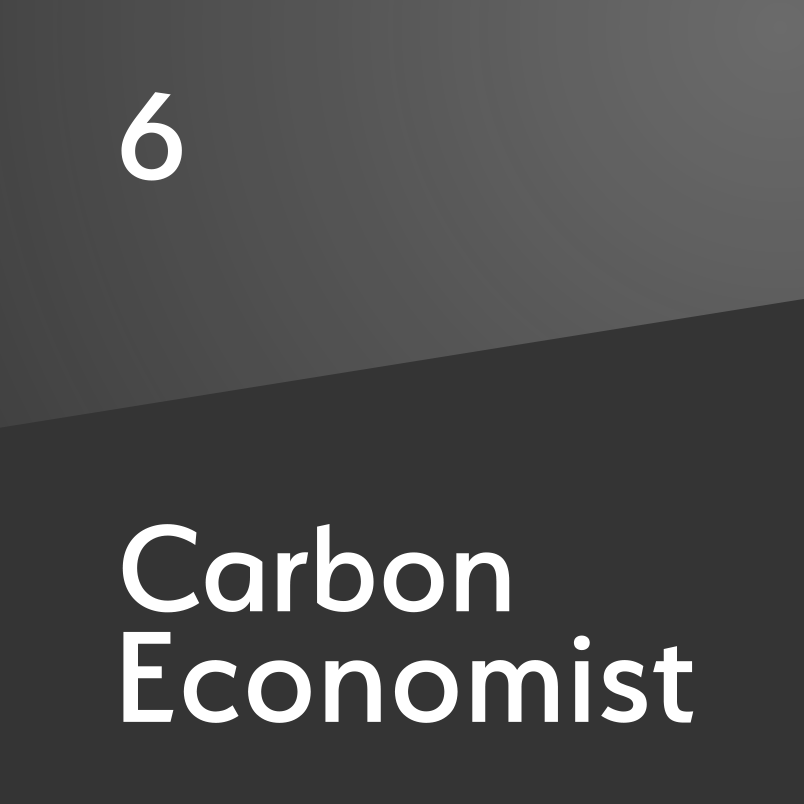Hydrogen’s renewable renaissance
As part of Petroleum Economist's 90th anniversary special coverage, we look at how hydrogen has emerged from relative obscurity to become a key player in the transition to net zero
Our sister magazine Petroleum Economist’s launch in 1934 coincided with one of the most calamitous periods of hydrogen’s eventful history. The 1930s saw multiple attempts at long distance air travel by hydrogen airships, most of which ended in disaster. The airship era came to a tragic end in 1937 when Zeppelin’s Hindenburg caught fire while attempting to land in New Jersey. Some of the safety concerns raised by the infamous Hindenburg disaster linger in the public consciousness to this day, but they pale into insignificance compared to hydrogen’s vast new potential as a low-carbon energy vector for the global transition. Policymakers around the world have bold ambitions for hydrogen. Cu

Also in this section
6 August 2025
The US state of Kansas is emerging as a hotspot for a growing number of gold hydrogen prospectors
6 August 2025
EU industry and politicians are pushing back against the bloc’s green agenda. Meanwhile, Brussels’ transatlantic trade deal with Washington could consolidate US energy dominance
25 July 2025
Oil major cites strategy reset as it walks away from Australian Renewable Energy Hub, leaving partner InterContinental Energy to lead one of world’s largest green hydrogen projects
23 July 2025
Electrolysis seen as most leakage-prone production pathway as study warns of sharp increase through 2030 and beyond








